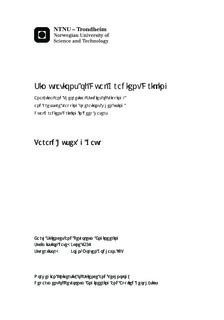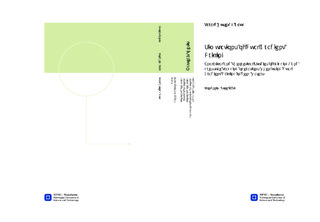| dc.description.abstract | To cover the world’s future consume of hydrocarbons, technological improvements are needed, turning currently unreachable and unprofitable reservoirs into the opposite. The main focus of this thesis, Dual Gradient Drilling (DGD), is a drilling technology that is ideal for drilling in ultra-deep waters, and could prove vital in drilling the reservoirs that are currently undrillable. This will increase the possible supply of hydrocarbons available for consumption. DGD is not fully accepted in the drilling industry, and DGD is still considered unconventional. In this thesis, simulations investigating pressure control in a DGD system are done, showing possibilities and limitations when using DGD. Also, it is done a study of how the challenges faced on the Macondo prospect in the Gulf of Mexico could have been solved better by using DGD instead of the conventional drilling methods. MATLAB was used for mathematical simulation of the control of the hydraulic pumping system. The program reads field- and equipment specific input data from an excel sheet. The different input parameters are changed separately, and simulations are run for each parameter change, showing each parameter’s effect caused to the system abilities. Criteria for approved well control are set, and by trial and error with the program, requirements for pump rates, well bore design and pressure safety margins needed are found, presented and discussed. It is here shown that the currently available pumping rates are not able to control the pressure as agile as other available drilling technology can, using the marine riser size currently developed. A subsea pump producing rates of more than 13000LPM, the double of what can be produced today, is needed. Utilizing a narrower marine drilling riser, with an inner diameter (ID) of 12¼” instead of the conventional riser with 19½” ID, can increase the speed of a pressure change with 171%; from 0.045bar/s to 0.121bar/s, when other parameters are kept constant. Because of linearity, a doubling of pumprates will result in a doubling of pressure change speed. It is here concluded that sufficiently agile wellbore control, depends on the development of a narrower riser and higher subsea pump rates. Other unconventional drilling currently available, like Managed Pressure Drilling (MPD), is far superior to DGD when it comes to quickness and accuracy in keeping the BHP at a desired level. | nb_NO |

